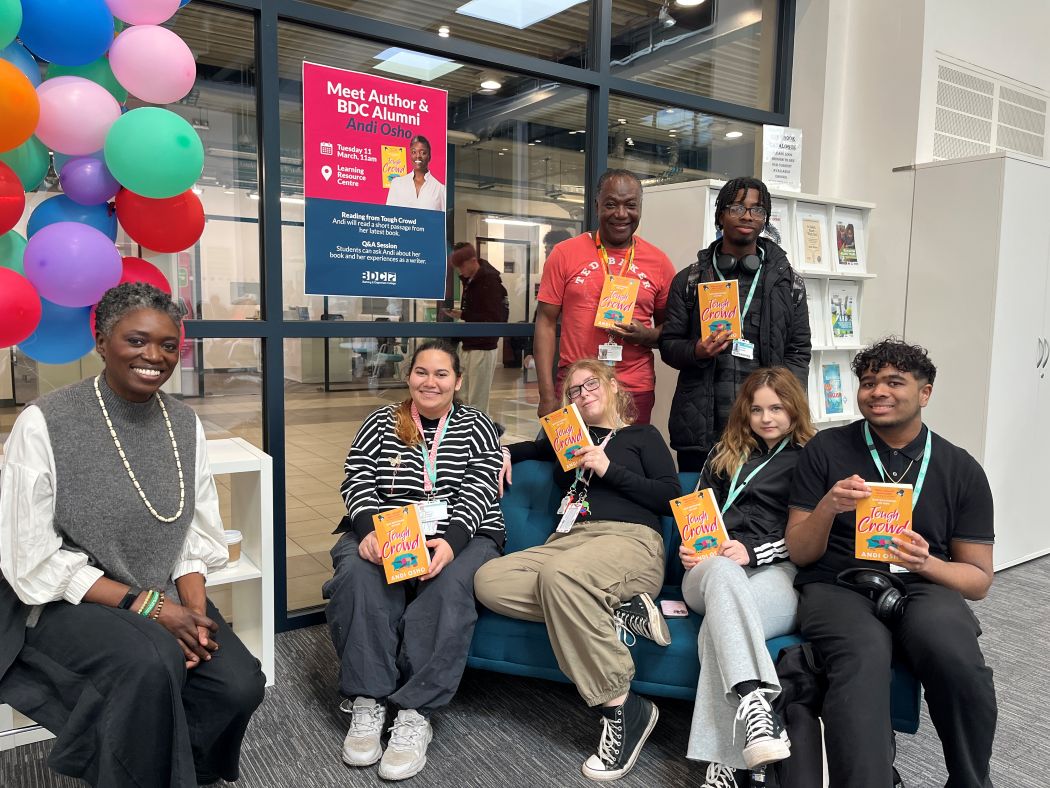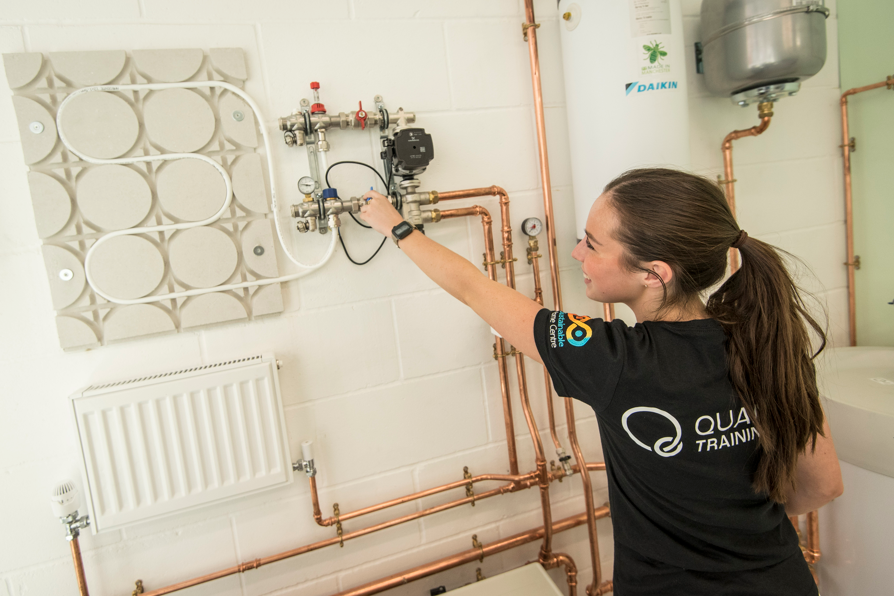Artificial intelligence: What’s the impact for educators?

Gray Mytton and Leo Webster, from the educational charity and leader in technical and vocational education NCFE, take a look into artificial intelligence, the recent hype around ChatGPT, and the potential implications for educators both now and in the future.
We often hear about an artificial intelligence (AI) revolution and the automation of jobs for future workforces to grapple with.
In 2019, the Office for National Statistics reported that teachers, from nursery through to FE and HE, had one of the lowest risks from automation at between 20% and 23% of all roles.
One in five jobs might not sound small, especially if you’re a teacher, but it’s low compared to sectors like hospitality, where the risk of automation is a whopping 73%.
Education 4.0
This doesn’t mean that AI and machine learning aren’t going to feature in the education sector. Education 4.0 is very likely to contain elements of personalised learning, automated feedback, and reduced teacher administration – all of which require AI to handle the volume and complexity of the decisions needed.
Those working in the sector can embrace AI in the knowledge that these products and services are unlikely to take over their job but can enhance it instead, making it a more satisfying and less admin-heavy role.
Marking and AI
Workload is generally top of an educator’s list of pain points and, according to a Department for Education (DfE) report in 2018 and the National Education Union’s State of Education survey from last year, is the main reason why people leave the sector.
According to the DfE’s Teacher Workload Survey in 2019, school teachers spend around six hours a week marking and giving feedback. This isn’t surprising given that feedback is one of the most powerful learning tools and so should receive plenty of attention.
Automated marking and feedback are widely available for single response questions, however, AI support in the form of Natural Language Processing (NLP) can increase the scope to short and long answer questions.
NLP can interpret open text responses, meaning that automation can be made available for subjects where single response questions aren’t appropriate. In a recent NCFE Sandbox trial, we graded open text responses with 95% agreement from our human examiners on some short answer English questions.
Even better, because the tool we used is responsible AI and shows us its reasoning, we can automatically generate learner feedback using contextual data about why they got the mark.
Whilst this work is in its infancy, we’re confident that auto-grading has a place in education 4.0, for example in formative assessment tools. If we’re right, that six hours a week of marking time should see a significant reduction.
Planning and admin
Again, according to the Teacher Workload Survey, school teachers spend around seven hours a week planning lessons and creating resources, and a further five on administration. This figure is almost certainly higher for early career educators who don’t have a library of lesson plans, teaching aids and learner resources.
Generative AI – tools that create text or images based on user prompts – can help here.
ChatGPT
There’s a lot of noise about the ChatGPT-3 tool released at the end of 2022, and this isn’t surprising. If you have a go (currently free during a ‘research period’) or look at examples posted by educators, this AI tool seems to be able to generate almost any text-based item from a few prompts.
This includes lesson plans, learning resources, student worksheets, topic tests, and student reports. It’s important to say that you’ll have to edit the output to meet your exact requirements, but you’ll get a good starting point. The conversational nature of ChatGPT means that at least some of this editing can be done on the platform as you iterate with extra prompts.
NCFE has worked with generative AI previously and found it to be good but resource intensive in time, data, and cost. The game changer here is the pre-trained nature of ChatGPT (GPT stands for Generative Pre-Trained Transformer) which reduces set-up time to zero, and the general nature of the model means it can be applied to seemingly any topic and function.
The trade-off is that the outputs are likely to need editing to your or your organisation’s style. An even bigger limitation is the black box nature of ChatGPT. This means you can’t lift the lid on the AI’s training data or decision making and, for this reason, this generative AI tool is currently on our ‘play and learn’ list rather than implementation.
We’re confident however that services like this, built along responsible AI principles, are close to becoming the norm and will be able to significantly reduce those 12 hours of planning and administration.
Personalised learning
Another time intensive activity for teachers is the collation of assessment data and the creation of individual learning journeys that account for an individual’s current strengths and weaknesses.
Whilst technology in general can make the collection and input of data more efficient, AI can help specifically with personalisation by adapting the journey of a learner based on their assessment data.
Adaptive learning uses AI to make decisions in real-time about what resource or assessment a learner should see next. This decision is based on many data points collected from an adaptive learning platform, such as accuracy of answers, time taken to complete a task, and some metacognitive measures collected with each resource seen by the learner.
By its nature, adaptive learning has to be on-screen, and so it’s not suitable for all subjects and learners. However, NCFE has seen positive emerging signs in trials of adaptive learning for maths and English in college-based learners and apprentices. We see potential in adaptive learning platforms that can deliver specific parts of a curriculum effectively, especially cross-cutting elements such as essential skills, employability, and green skills.
Being speculative about potential uses, AI could leverage such insight to help teachers adapt a single piece of material for multiple learning styles. For example, quickly convert a single chapter’s reading into multiple pieces of content suited to individual needs – an automated podcast recording, an automatically generated animated video, or group discussion questions.
By being able to tailor and adapt learning to the needs of each individual, course content can be personalised to maximise motivation and engagement.
Limitations for educators
AI isn’t coming for our jobs, at least not in the way that’s been described. What’s more likely to happen is that the nature of jobs will change with the introduction of new technologies. This holds true for teachers, as the introduction of AI tools may remove some aspects of the role, but any tasks that are outsourced to an AI model will require quality assurance.
Automated marking or feedback will have to be checked for accuracy and anything currently generated by Chat-GPT must be examined critically to ensure the model hasn’t generated plausible sounding falsehoods (it has a habit of creating false citations). Teachers will have to grasp the reality of learners making use of these tools, as undergraduate students are already being caught and penalised for Chat-GPT generated essays.
These tools have the potential to give extra time for quality teaching and personal interventions but come at the risk of de-skilling core facets of profession. Similarly, as these tools become more widespread, an argument will be made for further increasing class sizes, as teachers are able to deliver personalised learning at increased scale.
As the role of the teacher changes, it’s important to remember what makes teaching and learning so impactful – an expert grasp on pedagogy, a passion for transformative experiences, and a deep understanding of the needs of individual learners.
AI will never match the enthusiasm educators hold or feel pride when learners achieve under their guidance. What it can do is free up more space for teachers to prioritise quality interactions by removing or simplifying the countless additional tasks that need to be done – improving job satisfaction and learner outcomes in the process.












Responses